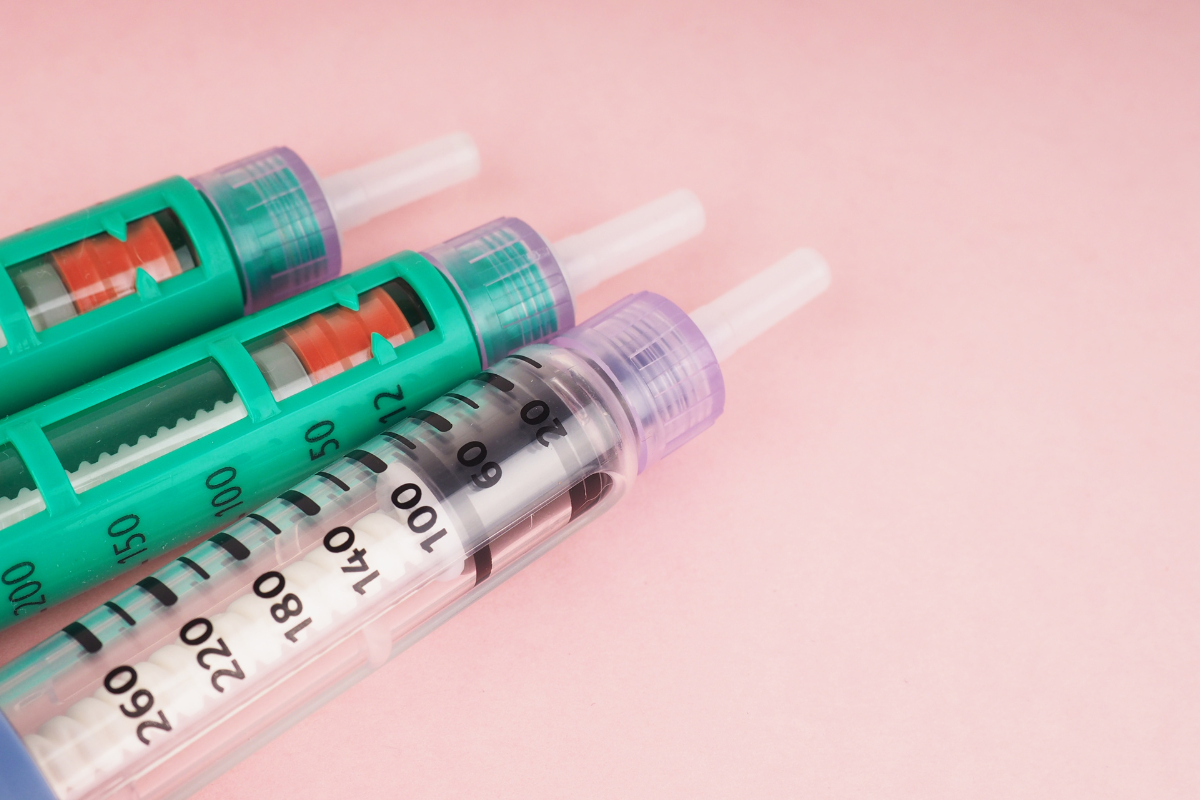In the field of weight management and appetite control, recent studies have illuminated the multifaceted role of glucagon-like peptide-1 (GLP-1). While GLP-1 is well-known for regulating blood sugar levels through enhancing insulin secretion, emerging research highlights its significant influence on brain circuits governing reward and motivation. This article explores the intricate relationship between GLP-1 and dopaminergic systems, examining how this peptide hormone can modulate eating behaviors, particularly the consumption of high-fat and sugary foods.
GLP-1: Beyond Blood Sugar Regulation
GLP-1 is a hormone produced in the gut that plays a crucial role in insulin secretion and glucose metabolism. However, its functions extend beyond the pancreas. GLP-1 receptors (GLP-1Rs) are abundantly expressed in the brain, especially in areas associated with reward and motivation, such as the nucleus accumbens (NAc) and the ventral tegmental area (VTA). By interacting with these brain regions, GLP-1 influences dopaminergic signaling pathways that affect our desire for food.
The Dopaminergic System and Food Reward
The dopaminergic system relies on dopamine, a neurotransmitter associated with pleasure and reward. When we consume palatable foods, particularly those high in fat and sugar, dopamine levels rise, reinforcing the behavior and motivating us to repeat it. This system plays a pivotal role in eating behaviors and can contribute to overeating and obesity when dysregulated.
Study Summaries and Key Findings
Several studies highlight the interplay between GLP-1 and dopaminergic circuits:
GLP-1 and Dexamethasone Effects in Mice
- Study Details: In mice treated with a combination of a GLP-1 receptor agonist (GLP-1RA) and dexamethasone (a glucocorticoid), there was a reduction in the expression of reward-related genes in the NAc, including dopamine receptors (D1R and D2R), kappa opioid receptor (KOR), and glucocorticoid receptor (GR).
- Implications: GLP-1 may decrease reward pathways and stress responses related to eating by affecting glucocorticoid receptor expression. Reduced GR expression could mean that glucocorticoids stimulate appetite less when a GLP-1RA is present as well.
GLP-1’s Impact on Noradrenaline Synthesis
- Study Details: Exendin-4 (Ex-4), a GLP-1RA, was injected into the nucleus tractus solitarius (NTS) of rats, resulting in increased expression of dopamine-beta-hydroxylase, an enzyme involved in the synthesis of noradrenaline.
- Implications: Enhanced noradrenaline production may contribute to appetite suppression and modulation of stress responses.
Changes in the Ventral Tegmental Area (VTA)
- Study Details: Intra-NTS injection of Ex-4 altered the expression of tyrosine hydroxylase (TH), essential for dopamine synthesis, and decreased dopamine D2 receptor levels in the VTA.
- Implications: Decreased dopamine synthesis and D2 receptor expression in the VTA may reduce cravings for reward-driven food intake.
Influence on Dopamine Metabolites and Behavior
- Study Details: In human trials, exenatide (a GLP-1RA) administration decreased activation of the insula and orbitofrontal cortex (OFC) in response to high-calorie food images, correlating with reduced food cravings and consumption.
- Implications: GLP-1RAs may reduce food intake in humans by modulating brain regions associated with reward and craving.
Modulation of Sucrose-Induced Behavior
- Study Details: Ex-4 decreased sucrose-induced licking behavior in animals and reduced cue-evoked phasic dopamine activity associated with sucrose consumption.
- Implications: GLP-1 may decrease reward-related behaviors by influencing dopamine signaling in response to palatable food cues.
Conclusion
Current research supports the role of GLP-1 in modulating reward pathways related to palatable food intake. By influencing dopaminergic and glutamatergic neurotransmission in key brain regions associated with reward, GLP-1 receptor agonists may reduce the consumption of high-fat and sugary foods. Further translational research is needed to evaluate the efficacy of GLP-1-based therapies in managing reward-related eating behaviors and potentially substance use disorders in humans.
Disclaimer: This article is for informational purposes only and does not substitute professional medical advice. Always consult a qualified healthcare provider for guidance tailored to your health situation.
At CanadianInsulin, we’re dedicated to providing up-to-date information and quality medications to support your health needs. Explore our range of GLP-1 receptor agonists and consult with our pharmacists for more information.


